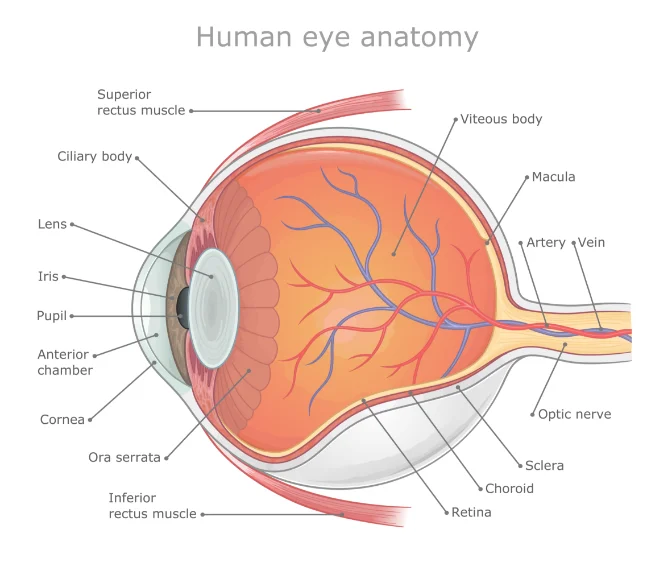Laser Procedures
There are a range of laser procedures performed at Rockhampton Eye Clinic. These include:

YAG Laser Capsulotomy
At the time of cataract surgery, the new intraocular lens is placed in the capsular bag which is the same structure which supported the old lens. Over time, fine scar tissue can develop on the back surface of this bag which can cause haziness of your vision. Whilst this scarring is not harmful to your eye, it can affect your vision. This condition, called “Posterior Capsular Opacification” can be treated with a simple, in-rooms laser procedure called a laser capsulotomy.
Selective Laser Trabeculoplasty
Selective laser trabeculoplasty (SLT) is one way in which we can achieve a lower intraocular pressure. It achieves this by increasing the amount of fluid which drains from inside the eye via the anterior chamber angle.
Laser Peripheral Iridotomy
Laser peripheral iridotomy is indicated in patients with closed anterior chamber angles. This procedure involves delivering laser energy to create a small hole in the peripheral iris (the coloured part of the eye). This improves the circulation of the fluid inside the front of the eye (the aqueous humour) and prevents it from building up behind the iris which may obstruct the anterior chamber angle and cause an increase in the pressure inside the eye. This process may occur gradually or sometime suddenly, the latter of which can cause the pressure to suddenly escalate – this is known as an acute angle closure crisis – and can cause significant damage to the optic nerve and loss of vision.
Retinal laser
There are various retinal laser procedures performed at Rockhampton Eye Clinic. These include:
Retinal barrier laser: the use of retinal laser to create a protective barrier around a retinal tear. This helps to seal the retina and minimize the chance of a retinal detachment occurring.
Panretinal Photocoagulation: this is performed in conditions such as proliferative diabetic retinopathy and retinal vein occlusions when there has been the development of new and abnormal retinal vessels. The laser reduces the drive for the development of these new vessels and thereby reduces the risk of bleeding.
As with all eye procedures, there are risks associated with ophthalmic lasers and these will be explained at the time of your consultation. If you have any concerns regarding your eye after your procedure we recommend you contact the clinic to discuss your symptoms and arrange review. If you are unable to reach the clinic or one of our doctors, please attend your nearest Emergency Department for review.
Better Vision Starts Here
Our mission is to preserve and enhance your vision with expert care, advanced technology and a deep commitment to your quality of life.
